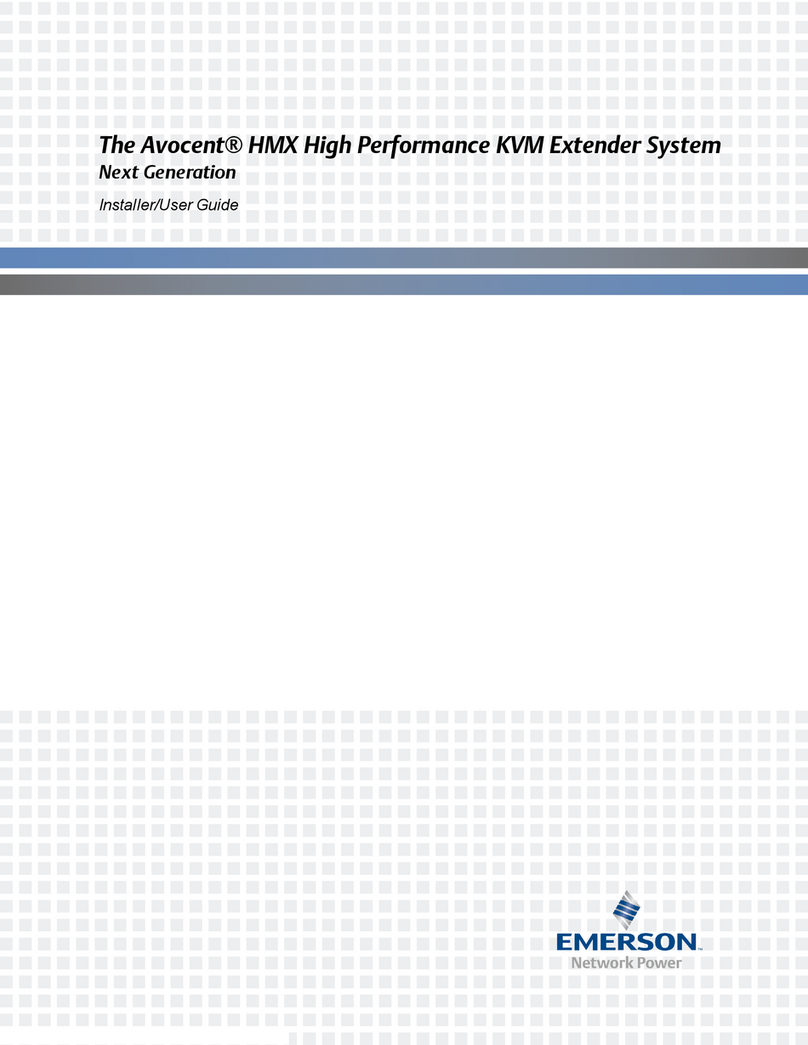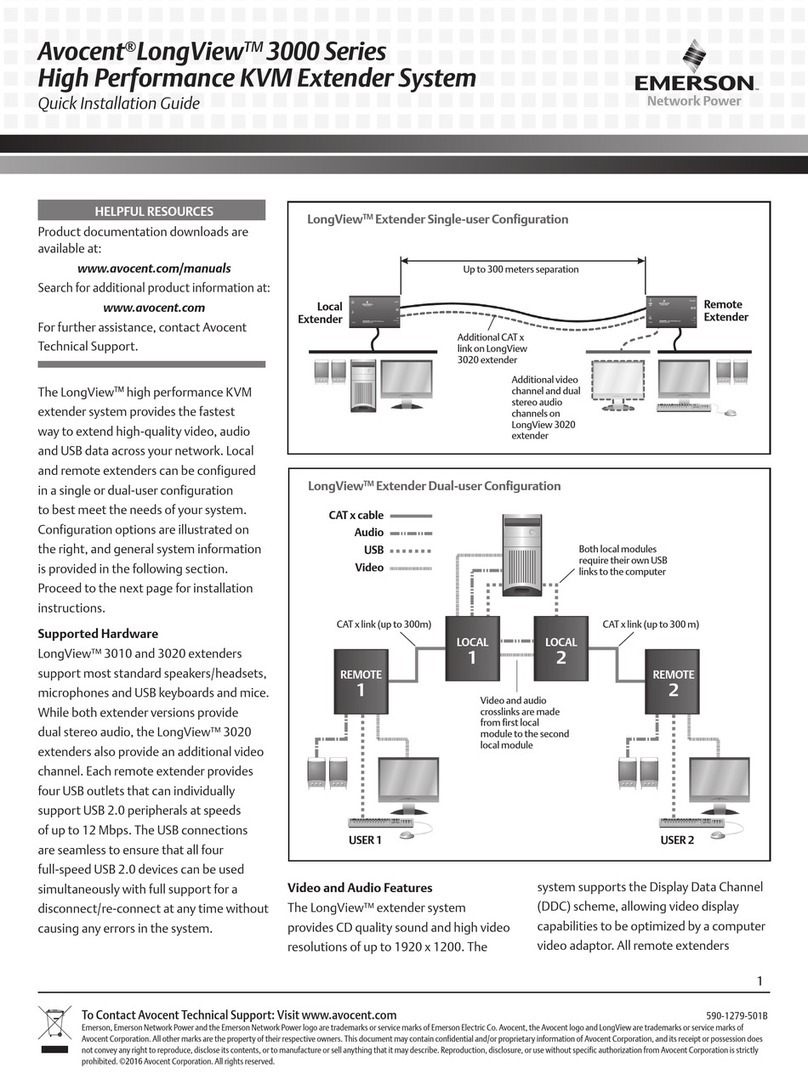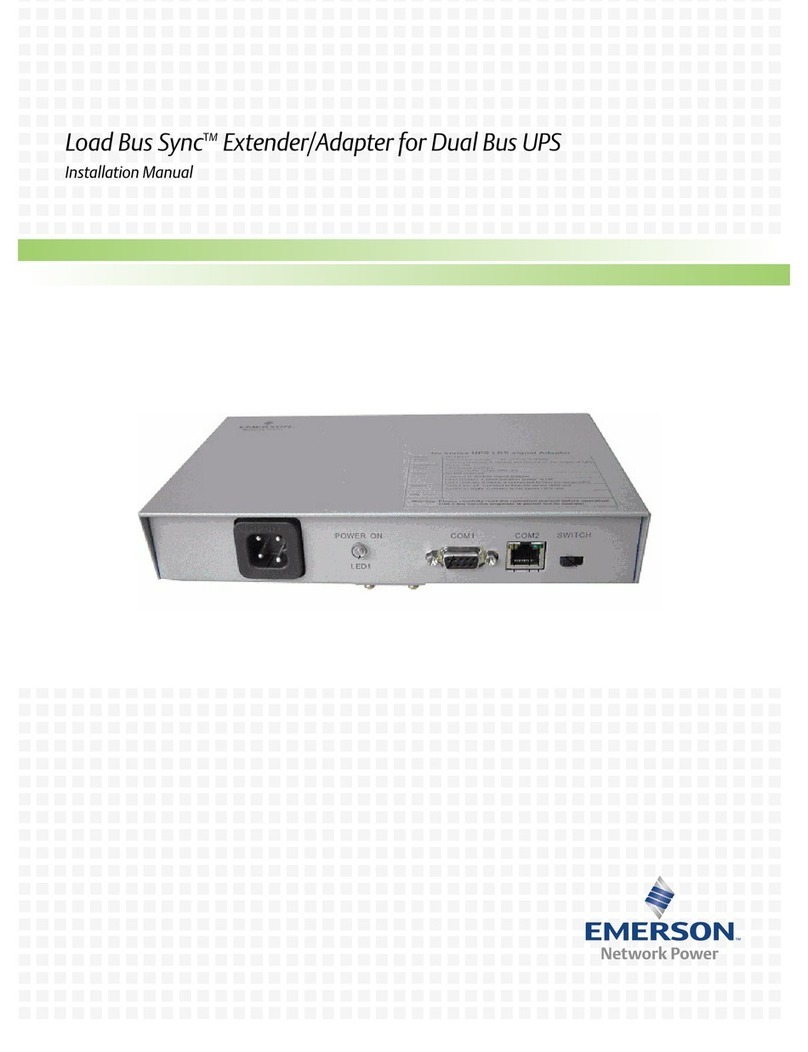
www.Fisher.com
Fisher™SS-263 Volume Booster
Contents
Introduction 1.................................
Scope of Manual 1.............................
Description 1.................................
Educational Services 2.........................
Specifications 2................................
Installation 3..................................
Mounting 5..................................
Pressure Connections 5........................
Supply Pressure 5.............................
Exhaust Passages 6............................
Operating Information 6.........................
Principle of Operation 6.........................
Maintenance 6.................................
Diaphragm Assembly Replacement 7.............
Valve Assembly Replacement 8..................
Parts Ordering 9................................
Parts Kits 12...................................
Parts List 12...................................
Figure 1. Fisher SS-263 Volume Booster
X0206
Introduction
Scope of Manual
This instruction manual provides installation, operation, maintenance, and parts information for the SS-263 volume
booster (figure 1). Refer to separate instruction manuals for information regarding the valve body, actuator, and other
accessories.
Do not install, operate, or maintain an SS-263 volume booster without being fully trained and qualified in valve,
actuator, and accessory installation, operation, and maintenance. To avoid personal injury or property damage, it is
important to carefully read, understand, and follow all the contents of this manual, including all safety cautions and
warnings. If you have any questions about these instructions, contact your Emerson sales office before proceeding.
Description
The SS-263 volume booster is used exclusively in Fisher Optimized Digital Valve (ODV) packages. The booster
amplifies the output signal from the FIELDVUE™digital valve controller to increase the stroking speed of pneumatic
actuators. It has fixed deadband and incorporates soft-seat construction for use with the Fisher 377 Trip Valve.
The booster features dynamically stabilized trim and integral bypass restriction for use with the digital valve controller.
The SS-263 volume booster delivers high-volume output for fast stroking speeds when responding to large input
signal changes. However, it also delivers smooth, stable, low-volume output when responding to small input signal
changes. This allows stable, accurate throttling control which is often necessary during the startup or commissioning
of process control equipment.
Instruction Manual
D103542X012
SS-263 Volume Booster
September 2019



































